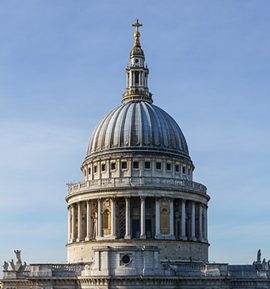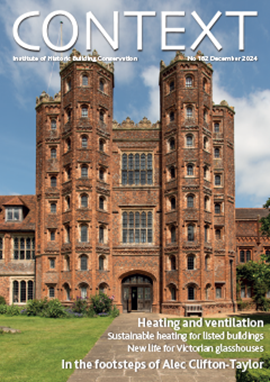Protection of historic statues, plaques, memorials and monuments
On 17 January 2021 the Communities Secretary Robert Jenrick announced new laws to protect England’s cultural and historic heritage, described as the most significant new protection since the 1967 Civic Amenities Act established Conservation Areas
The new legal protections mean that historic statues should be ‘retained and explained’ for future generations. Individuals who want to remove any historic statue, will require listed building consent or planning permission. This will protect 20,000 statues and monuments throughout England.
If a local authority intends to grant permission for the removal of a statue and Historic England objects, the Communities Secretary will be notified so he can make the final decision about the application in question.
Historic England and the Secretary of State will apply a policy of “retain and explain”, meaning historic statues will only be removed in the most exceptional circumstances.
Robert Jenrick said: “For hundreds of years, public statues and monuments have been erected across the country to celebrate individuals and great moments in British history. They reflected the people’s preferences at the time, not a single, official narrative or doctrine. They are hugely varied, some loved, some reviled, but all part of the weft and weave of our uniquely rich history and built environment. We cannot – and should not – now try to edit or censor our past. That’s why I am changing the law to protect historic monuments and ensure we don’t repeat the errors of previous generations, losing our inheritance of the past without proper care.
Culture Secretary Rt Hon Oliver Dowden MP said: “I strongly believe that we should learn from our past – in order to retain and explain our rich history. The decisions we make now will shape the environment inherited by our children and grandchildren. It is our duty to preserve our culture and heritage for future generations and these new laws will help to do so.”
The new rules will also apply to unlisted historic plaques, memorials or monuments which will also require planning permission and Historic England notification.
Ref https://www.gov.uk/government/news/new-legal-protection-for-england-s-heritage
[edit] Related articles on Designing Buildings
- Archaeologist.
- Building Preservation Notice.
- Certificate of immunity.
- Conservation.
- Conservation areas.
- Conservation officer.
- Designated areas.
- Heritage at Risk Register.
- Historic England.
- IHBC responds to supporting defence infrastructure and the future of time-limited permitted development rights.
- Listed buildings.
- Local interest list.
- Planning permission.
- Sites of Special Scientific Interest.
- Tree preservation orders.
- Scheduled monument.
IHBC NewsBlog
SAVE celebrates 50 years of campaigning 1975-2025
SAVE Britain’s Heritage has announced events across the country to celebrate bringing new life to remarkable buildings.
IHBC Annual School 2025 - Shrewsbury 12-14 June
Themed Heritage in Context – Value: Plan: Change, join in-person or online.
200th Anniversary Celebration of the Modern Railway Planned
The Stockton & Darlington Railway opened on September 27, 1825.
Competence Framework Launched for Sustainability in the Built Environment
The Construction Industry Council (CIC) and the Edge have jointly published the framework.
Historic England Launches Wellbeing Strategy for Heritage
Whether through visiting, volunteering, learning or creative practice, engaging with heritage can strengthen confidence, resilience, hope and social connections.
National Trust for Canada’s Review of 2024
Great Saves & Worst Losses Highlighted
IHBC's SelfStarter Website Undergoes Refresh
New updates and resources for emerging conservation professionals.
‘Behind the Scenes’ podcast on St. Pauls Cathedral Published
Experience the inside track on one of the world’s best known places of worship and visitor attractions.
National Audit Office (NAO) says Government building maintenance backlog is at least £49 billion
The public spending watchdog will need to consider the best way to manage its assets to bring property condition to a satisfactory level.
IHBC Publishes C182 focused on Heating and Ventilation
The latest issue of Context explores sustainable heating for listed buildings and more.
















